Angelo Trakadas And His Yellow Morris Minor Flatbed Pickup
Images: Angelo Trakadas
Founded by William Morris in 1910 and headquartered in Oxford, United Kingdom, the first Morris car was a two-seater buggy from 1913. Later, Morris made cars with American engines and gearboxes and, at the end of the First World War, sourced its mechanicals from French carmaker Hotchkiss.
Producing reliable cars at bargain prices, Morris became Britain’s number one carmaker by 1925. In 1928, Morris launched the Minor, a very worthy rival to the Austin 7. The Minor sold very well in India too.

Morris acquired the MG sports car brand (founded by Morris’ business manager Cecil Kimber a few years earlier as an offshoot of Morris), the Wolseley and Riley in the 1930s. After WWII, Morris re-introduced the Ten, a small car that it had first launched in 1939. In India, Hindustan Motors began its assembly operations with the Ten, launched in India as the Hindustan 10 in 1949.
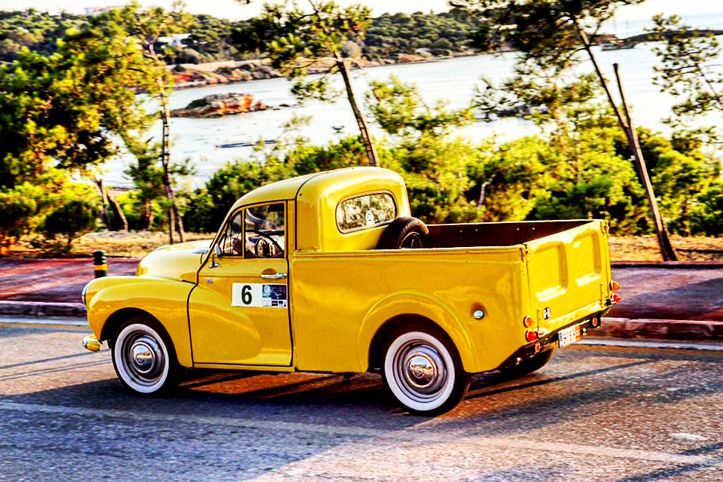
Shortly thereafter, in 1950, Hindustan replaced the 10 with the ‘Baby’ Hindustan, which was the recently unveiled Morris Minor, and complemented that with the slightly bigger Hindustan Fourteen (the Morris Oxford). The Hindustan Fourteen retailed for Rs 10,085 then, whereas the Morris Minor was available for a more reasonable figure of Rs 8,025. The latter sold in fairly good numbers in India, and several still survive from then.
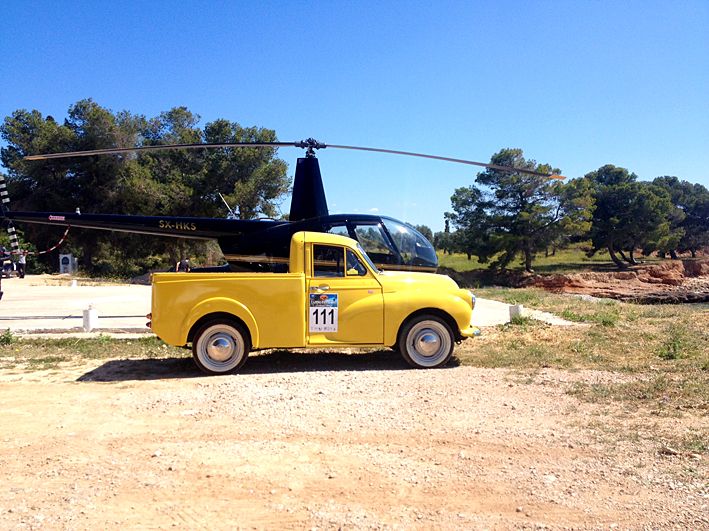
The Minor was a very important model for Morris. Unveiled at the Earls Court Motor Show, in London, on 20 September 1948, the car went on to sell over 1.3 million units—the first British car to sell over a million. Designed under the direction of Alec Issigonis, and produced between 1948 and 1972, the Minor was made in three series: the MM (1948), the Series II (1952) and, finally, the 1000 series (1956).
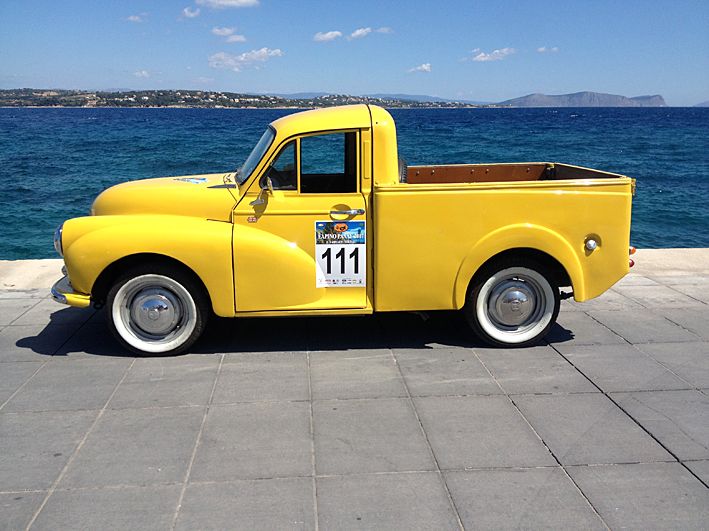
Originally available as a two-door saloon and tourer (convertible), the range was expanded to include four-door saloons in 1950 (which was the body style of the Baby Hindustans), a wooden-sided estate (the Traveller) from October 1953, and a panel van and pick-up from May 1953.
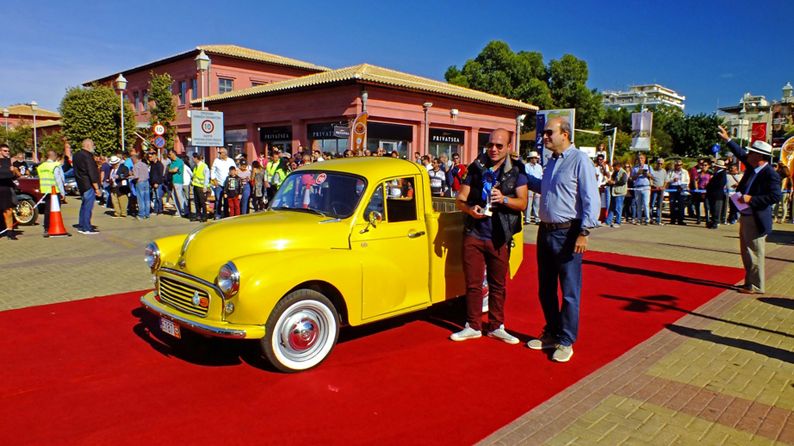
The closed panel van and flatbed (pick-up) versions of the Minor were designed for commercial use by small businesses, although many were also used by large corporations. The van was very popular with the British General Post Office, with the earliest versions (circa 1956) featuring rubber front fenders to cope with the somewhat unforgiving situations they were supposed to work in.
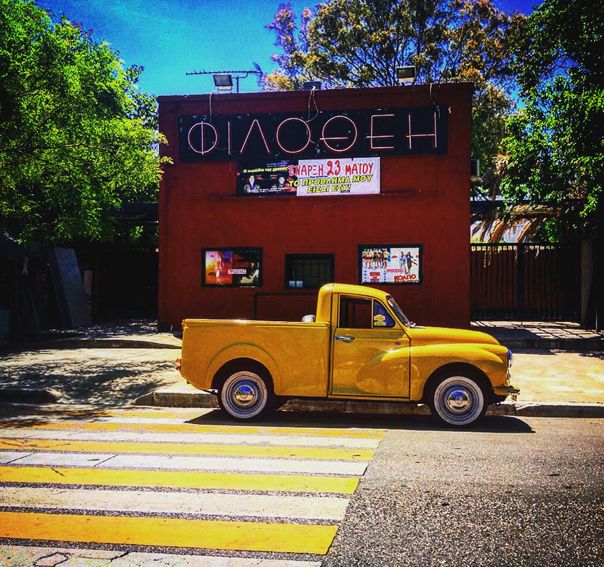
The Van and Pick-Up differed from the unibody construction of the Sedan and Traveller variants, by featuring a separate chassis. They also differed in various details, such as telescopic rear shocks, stiffer leaf springs at the rear, as well as lower gearing to cope with heavier loads.
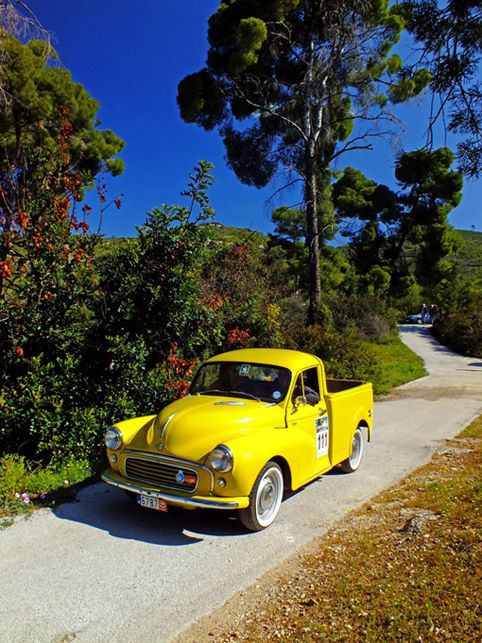

These vehicles were initially marketed under the badging as Morris Quarter Ton Van and Pickup with a Series III designation applied from 1956. The names Morris 6cwt Van and Pickup were used following the introduction of the 1098cc engine in 1962, and that evolved to the 8cwt versions in 1968, especially after Austin and Morris merged to become a part of BMC. The Minor 1000 was also marketed as the Austin 6cwt.
Given that most of vans and the pick-ups saw intensive use, the survival rate of these Minors has been rather low. Thus, it was a pleasure to come across the yellow pick-up featured here.
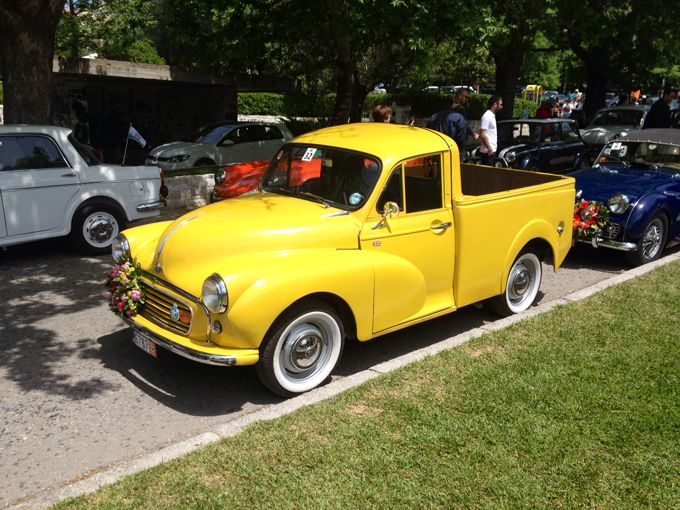
“My Morris Minor was built in the UK in 1961 (the year when the Minor became the first British car to sell more than a million units) and had been imported into Greece on 4 June 1961, originally painted a Yukon Grey,” explains the 31-year-old car owner, Angelo Trakadas. “From 1961 to 1988 it was used by a liquor store owner, delivering goods. In 1988, the car was ‘retired’ and abandoned until 2015, when I purchased it.”
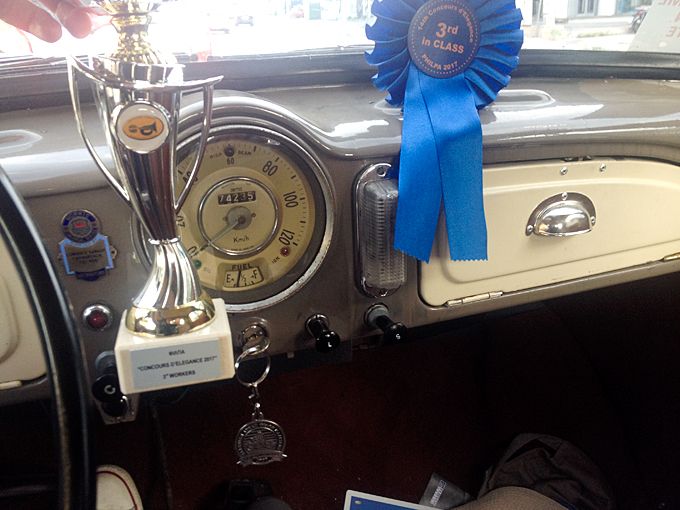
Trakadas, who lives in the suburbs of Athens, Greece, gave the car a comprehensive restoration, and had it painted an iconic highway yellow, with the interior done up in brown. Original and restored parts were used for the restoration. And since 2015 it has been taking part in historic vehicle shows and events all over Greece. In a 2017 Concours de Elegance event organised by PHILPA, the bright yellow pick-up came third in its class, and it was Greek minister Kostis Hatzidakis who personally awarded him his trophy.
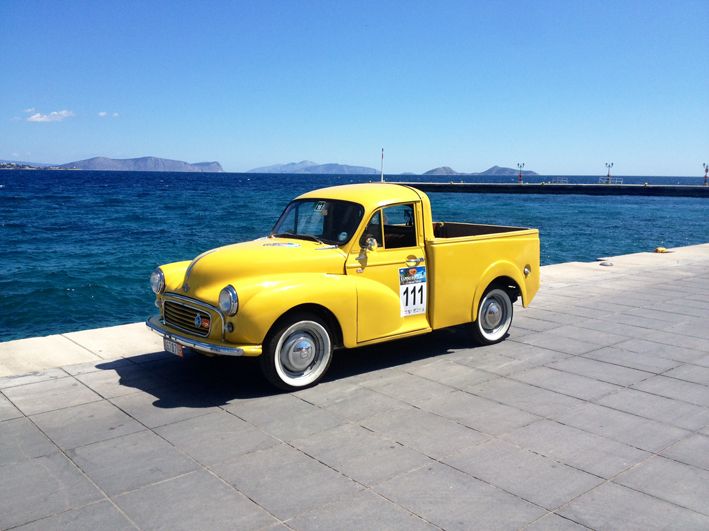
“It's one of two Morris Minors in my collection; the other being a Traveller,” says Trakadas, “but this is the one that attracts the most attention wherever I take it.” No doubt, we know why.
Comments
Sign in or become a deRivaz & Ives member to join the conversation.
Just enter your email below to get a log in link.
